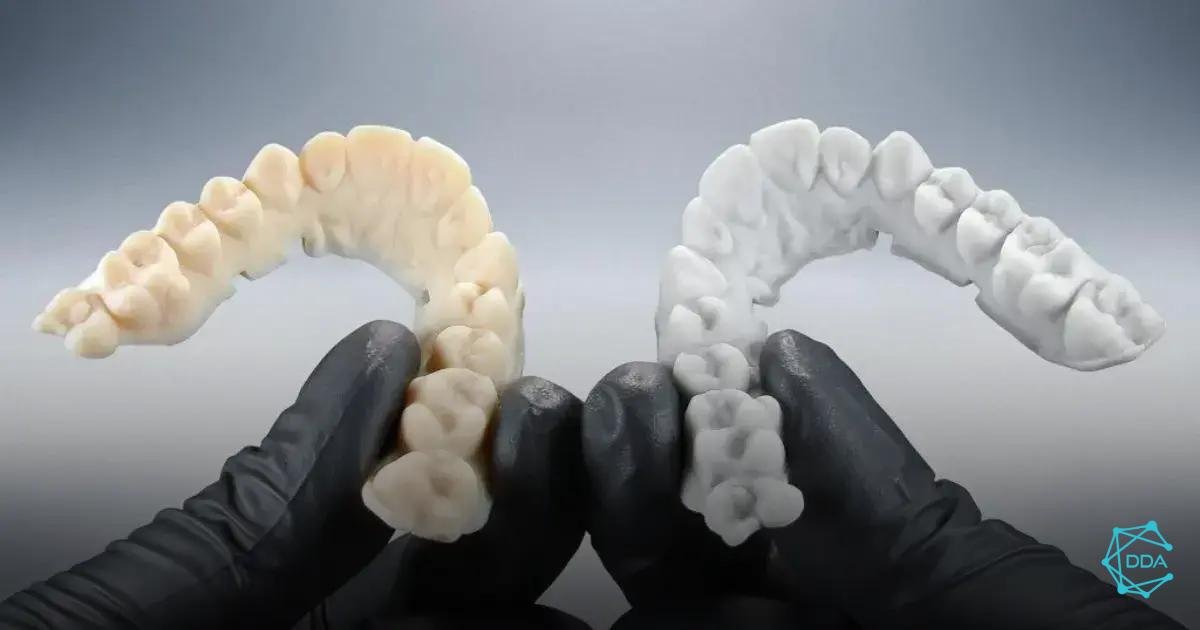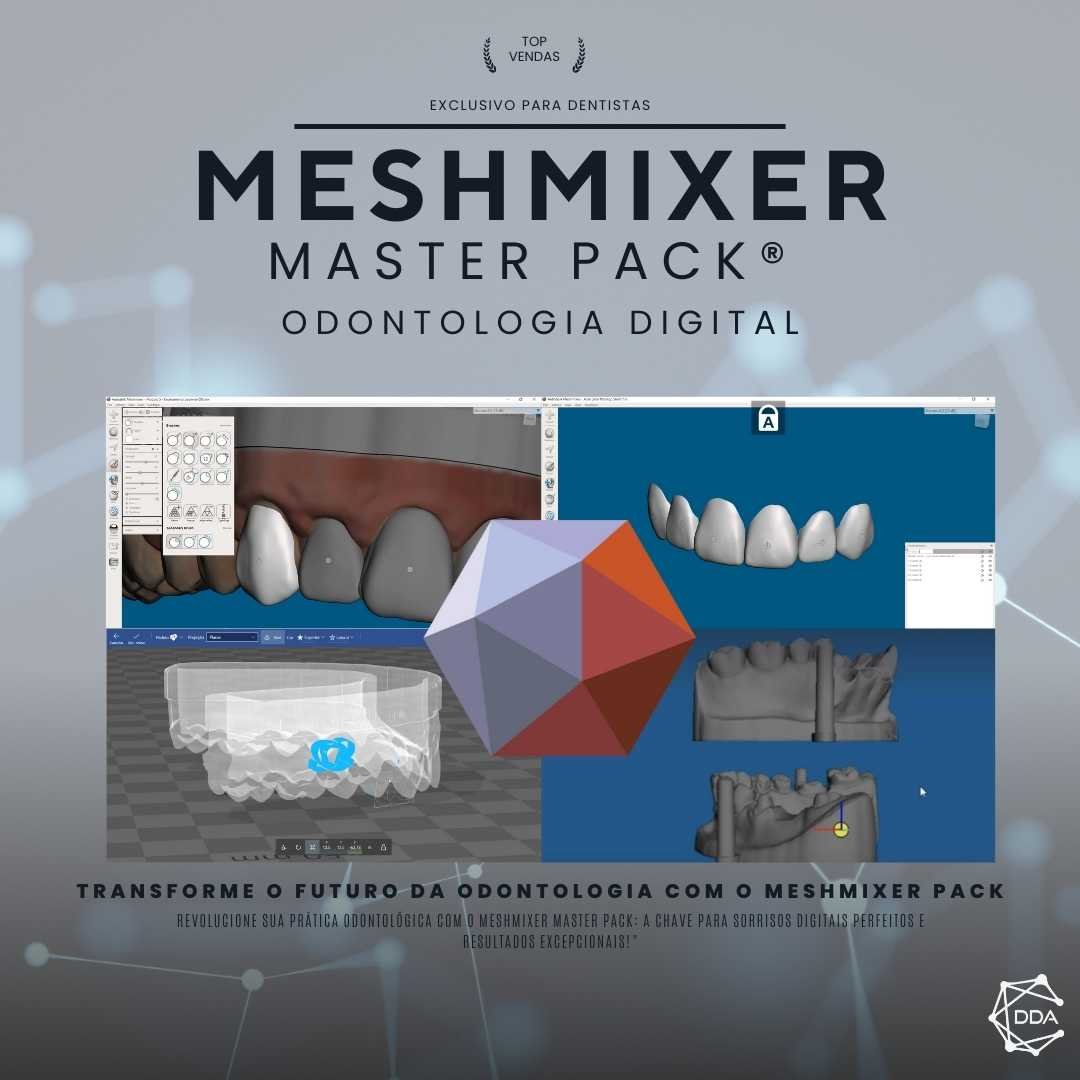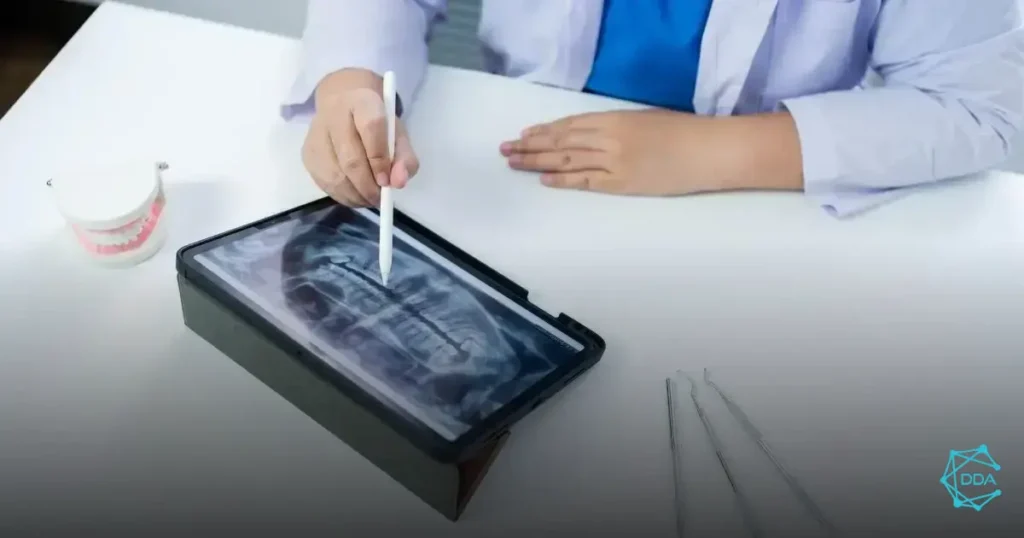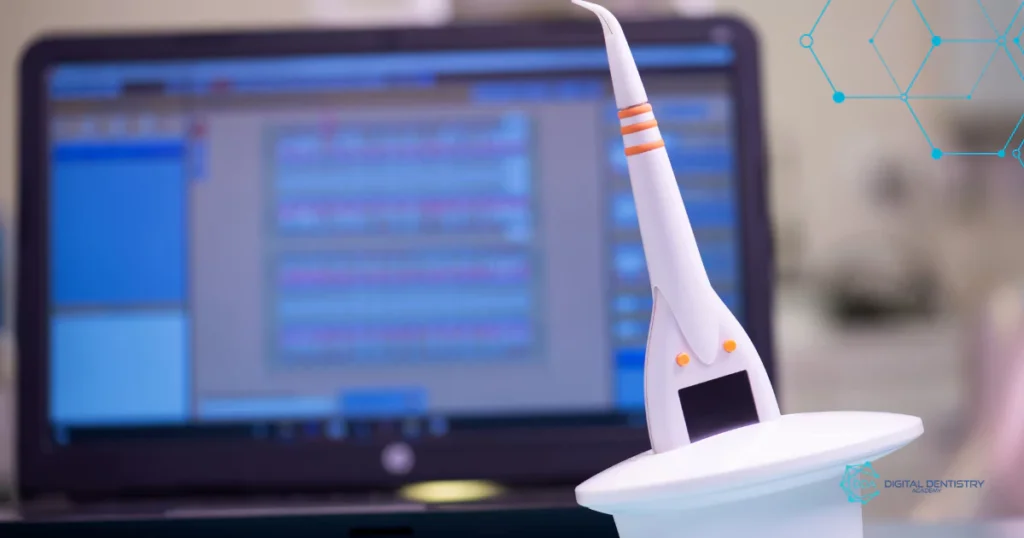The STL file format is essential for the proper functioning of 3D printing. With the growing popularity of this technology, understanding the basics and importance of the STL format is crucial to ensuring accurate and efficient results. In this article, we will explore in detail everything you need to know about the STL file format, from its compatibility with different hardware to ways to make 3D printing easier and practical examples to illustrate its application. By understanding the fundamental aspects of this format, you will be better prepared to achieve success in your 3D printing projects.

STL Format Basics
The STL (Stereolithography) format is one of the most common and widely used file formats in 3D printing. It represents the geometry of a three-dimensional object as a collection of connected triangles, forming a mesh.
STL File Structure:
The STL file contains information about the vertices and normals of the triangles that make up the surface of the object. It can be encoded in either ASCII or binary format, the latter being more compact and widely preferred in the 3D printing industry.
Use in 3D Modeling:
The STL format is widely supported by 3D modeling software and is often used to export models for 3D printing. Its simplicity and compatibility make it a popular choice among designers and engineers working with 3D printing.
Limitations and Considerations:
Although widely used, the STL format has some limitations, such as inefficient representation of smooth curves and the inability to store color or texture information. These limitations need to be considered when choosing a file format for 3D printing, especially for projects that require high fidelity of detail.


Equipment Compatibility
When it comes to 3D printing, hardware compatibility is a crucial aspect to consider. The STL format is widely supported by a variety of 3D printers, making it a popular choice for creating and sharing 3D models.
It is important to ensure that the 3D model meets the printer’s specifications, including file size, resolution, and detail. Additionally, compatibility with the slicing software used in 3D printing is also essential to ensure accurate results.
To ensure compatibility, it is recommended to check the printer and slicing software manufacturer's guidelines to ensure that the 3D model is optimized for printing on a specific piece of equipment.
Staying up to date on firmware and software updates is also critical to ensuring continued compatibility with your 3D printing equipment.


Making 3D Printing Easy
3D printing can be a challenging endeavor, but with the right techniques and tips, you can simplify the process and achieve high-quality results. In this section, we’ll cover some strategies for making 3D printing easier, from preparing your files to optimizing your printing parameters.
3D Model Optimization
To make 3D printing easier, it’s essential to optimize your 3D models before sending them to the printer. This includes checking for mesh issues, fixing overlaps, and stabilizing sensitive areas. Using 3D modeling software and mesh repair tools can significantly contribute to print quality.
Smart Support
One of the challenges of 3D printing is removing supports after the process is complete. To make this process easier, software can be used to generate intelligent supports, minimizing the amount of support material and simplifying removal, resulting in a cleaner finish and more accurate details.
Calibration and Adjustments
Performing proper calibration of your 3D printer and adjusting printing parameters such as speed, temperature, and cooling can significantly facilitate the printing process. Additionally, choosing the right printing material for each project is essential to achieving satisfactory results.
Use of Quality Filaments
Choosing high-quality filaments can make 3D printing easier, providing greater adhesion, strength and finish to the parts. Filaments with good dimensional stability and low warping rate contribute to the accuracy and durability of prints.
With these strategies and techniques, it is possible to simplify and improve the 3D printing process, resulting in higher quality parts and a lower incidence of failures.


Practical Examples
The use of the STL format can be applied in several areas, providing creative and innovative solutions. Below are some practical examples of how the STL format can be used efficiently:
Rapid Prototyping
3D printing with STL files enables rapid creation of product prototypes, speeding up the development process and reducing costs. With the ability to produce complex models, rapid prototyping becomes more efficient and affordable.
Product Customization
The STL format enables product customization, allowing items to be adapted to meet individual consumer needs. This opens the door to creating exclusive, tailor-made products that meet specific market demands.
Components for Engineering and Architecture
In the engineering and architecture field, the STL format is widely used for the creation of customized components and parts, allowing the visualization and testing of designs before large-scale production. This contributes to the optimization of processes and improvement of projects.
- Creation of mockups and models
- Spare parts production
- Development of complex structures
These examples illustrate the versatility and potential of the STL format in a variety of practical applications, demonstrating how 3D printing can revolutionize processes and drive innovation across different sectors.







